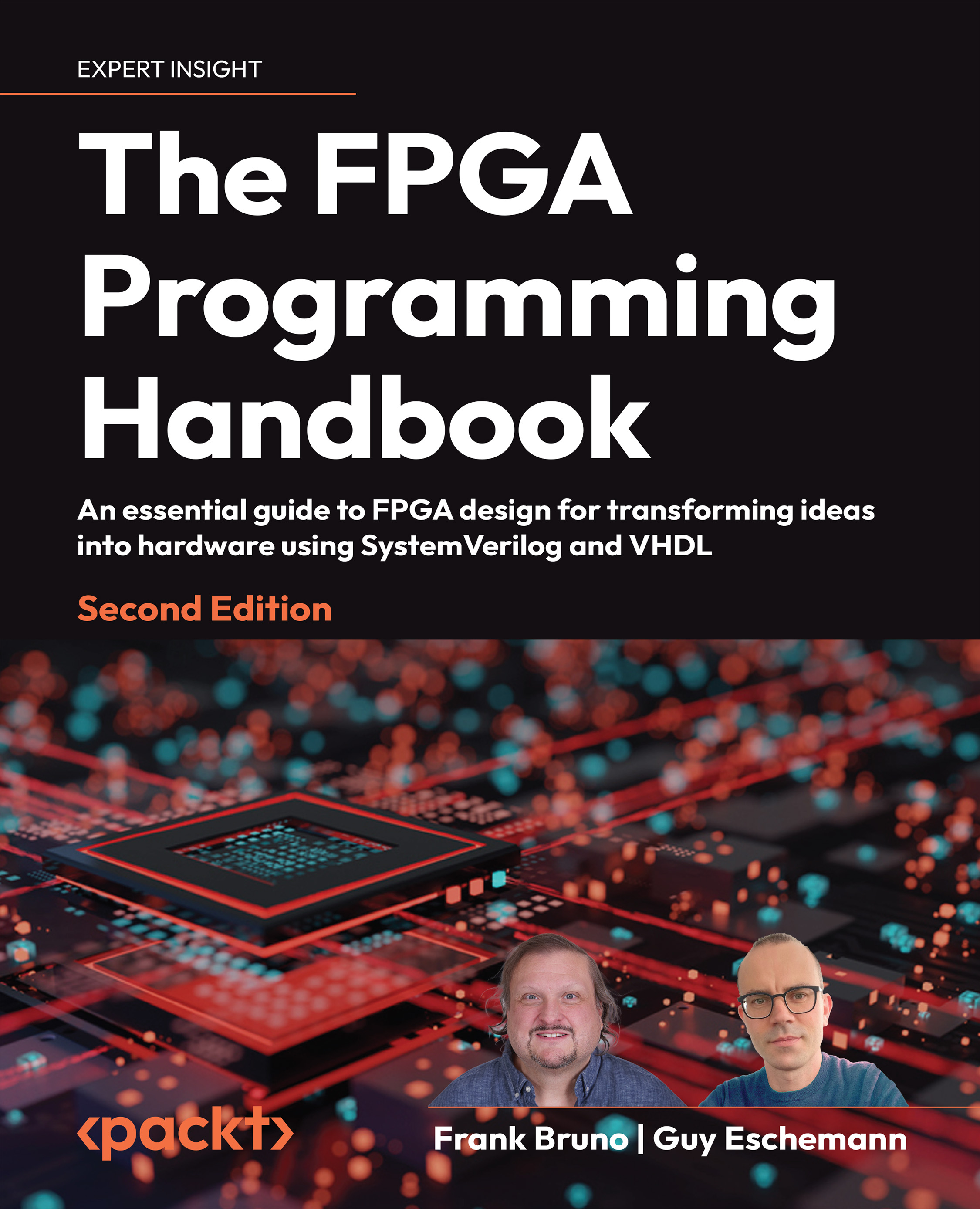Parallel designs
FPGAs, being a blank slate, provide the fabric we can use to construct various applications. People use FPGAs for signal-processing applications such as software-defined radio (SDR), high-performance computing applications, and, more recently, artificial intelligence (AI) and machine learning (ML).
FPGAs have an advantage over CPUs here since it is possible to implement hundreds and up to tens of thousands of individualized math operations on every clock cycle at speeds from 200-600 MHz, where a CPU may run at up to 5 GHz but can only operate on a few dozen (at most) math operations in parallel. Parallel designs are developed like any other FPGA design and can be tailored to a specific application.
ML and AI and massive parallelism
In recent years, ML and AI have boomed. Self-driving cars, deep fake generation and analysis, and market predictions are a few of the topics that these applications have been applied to.
It’s easy to see why. The...


























































